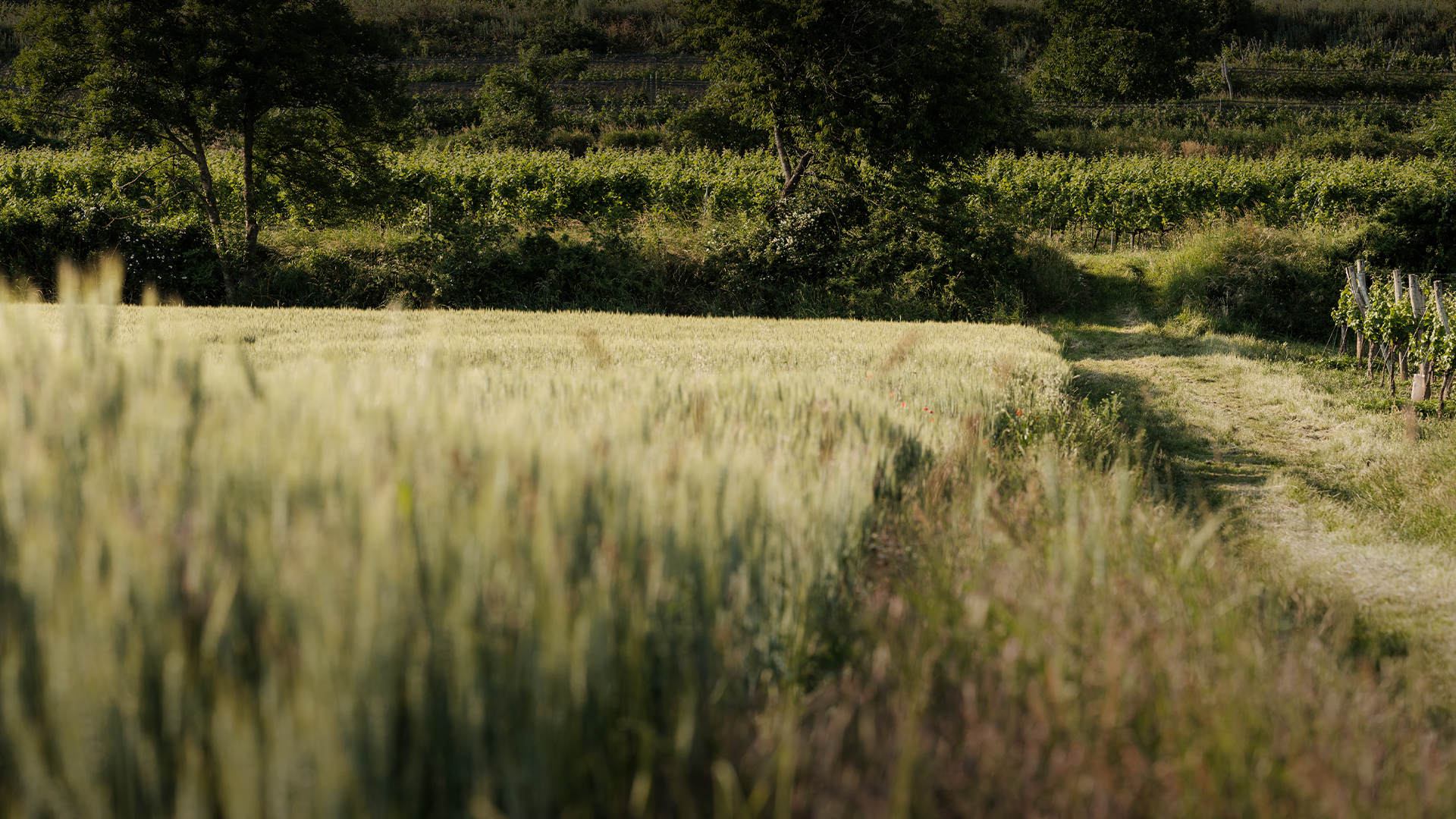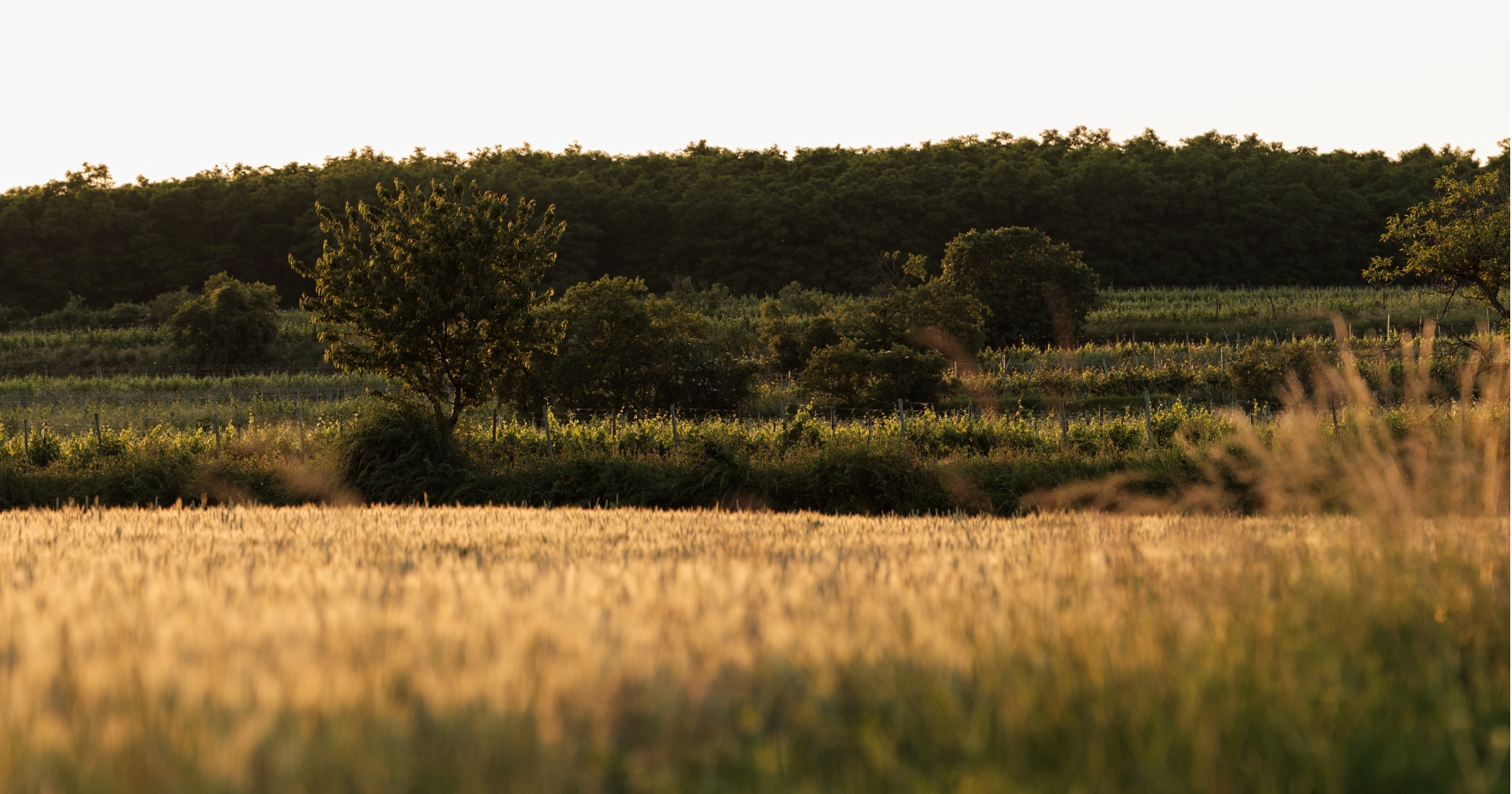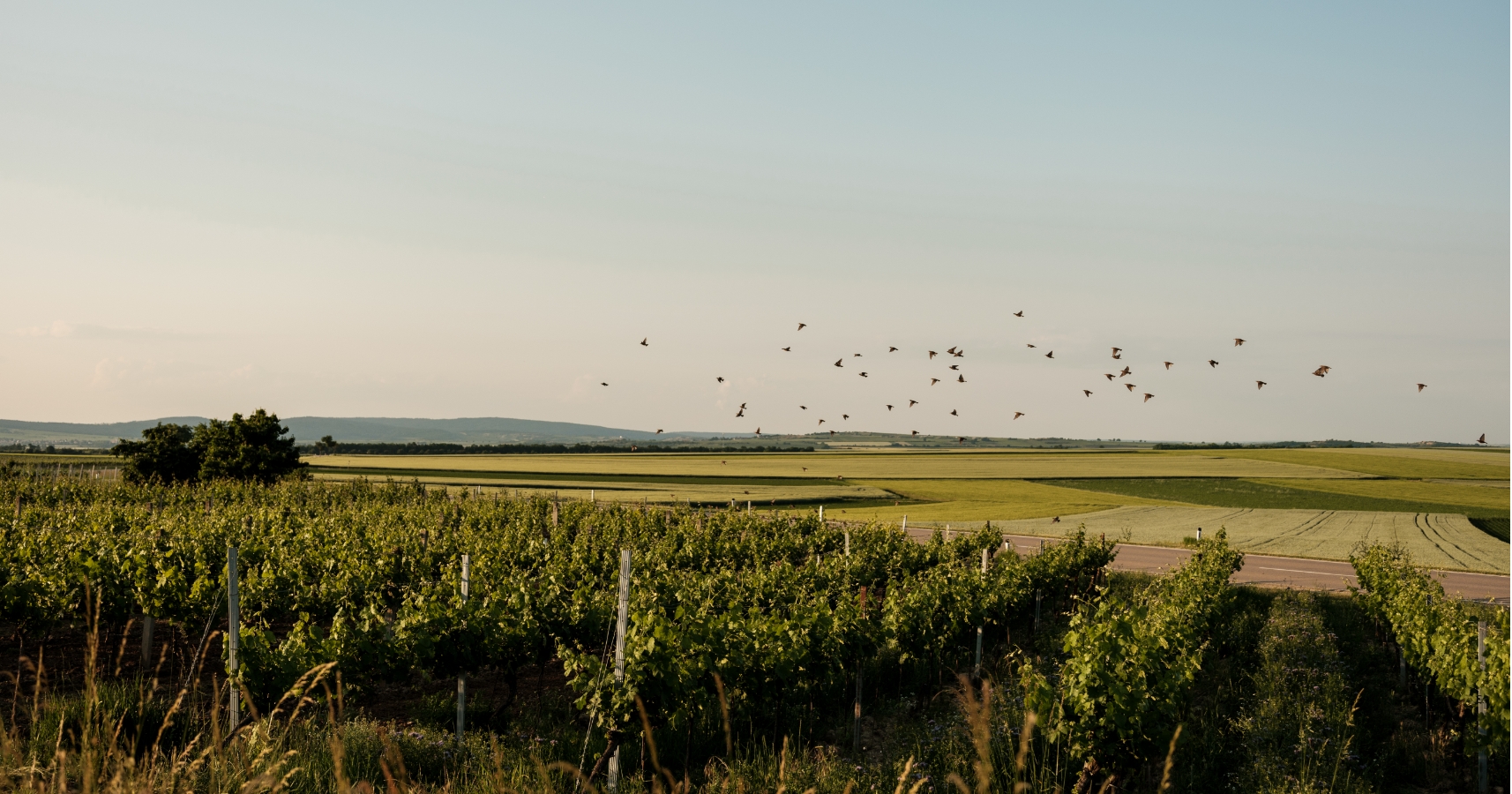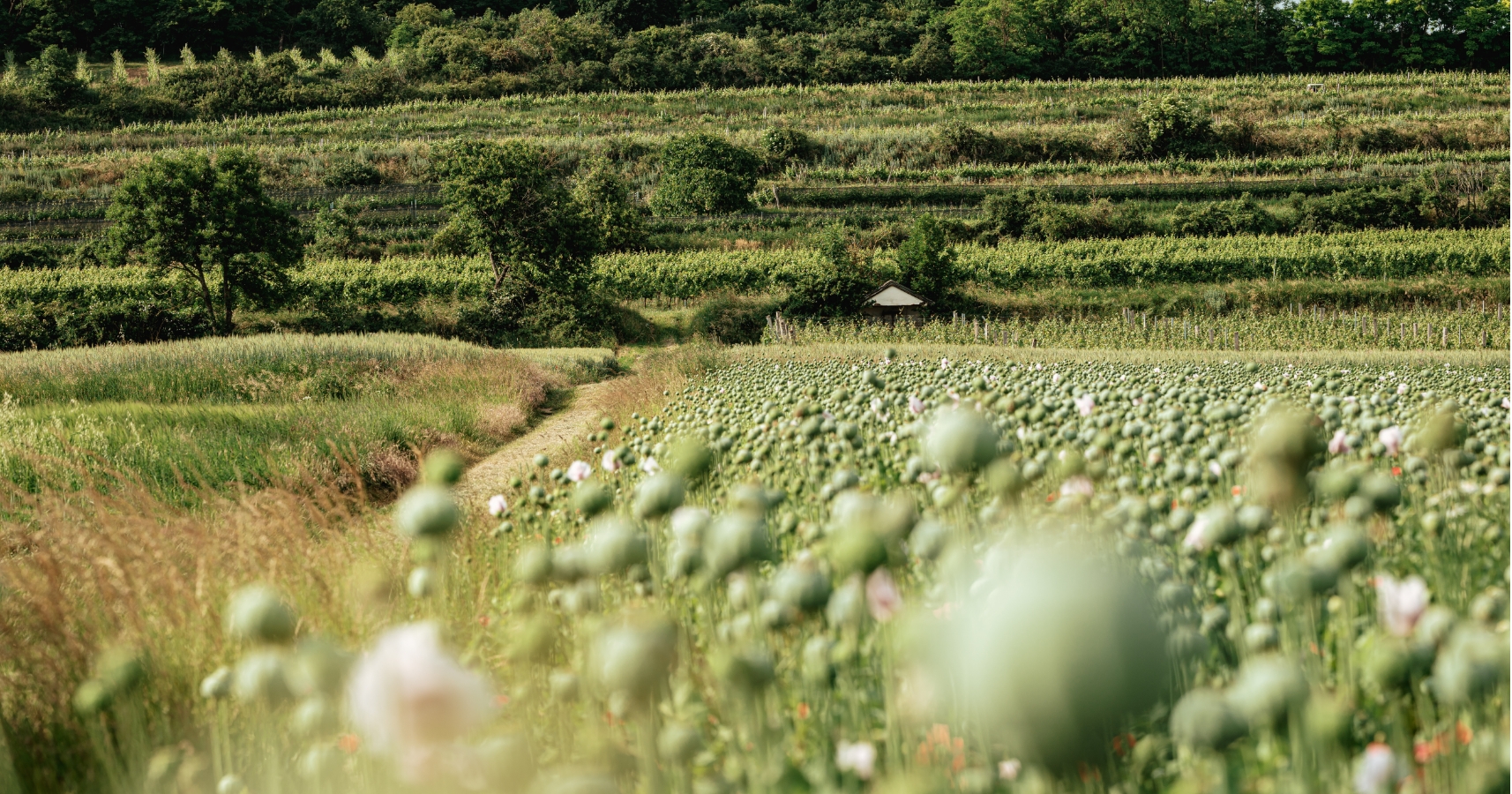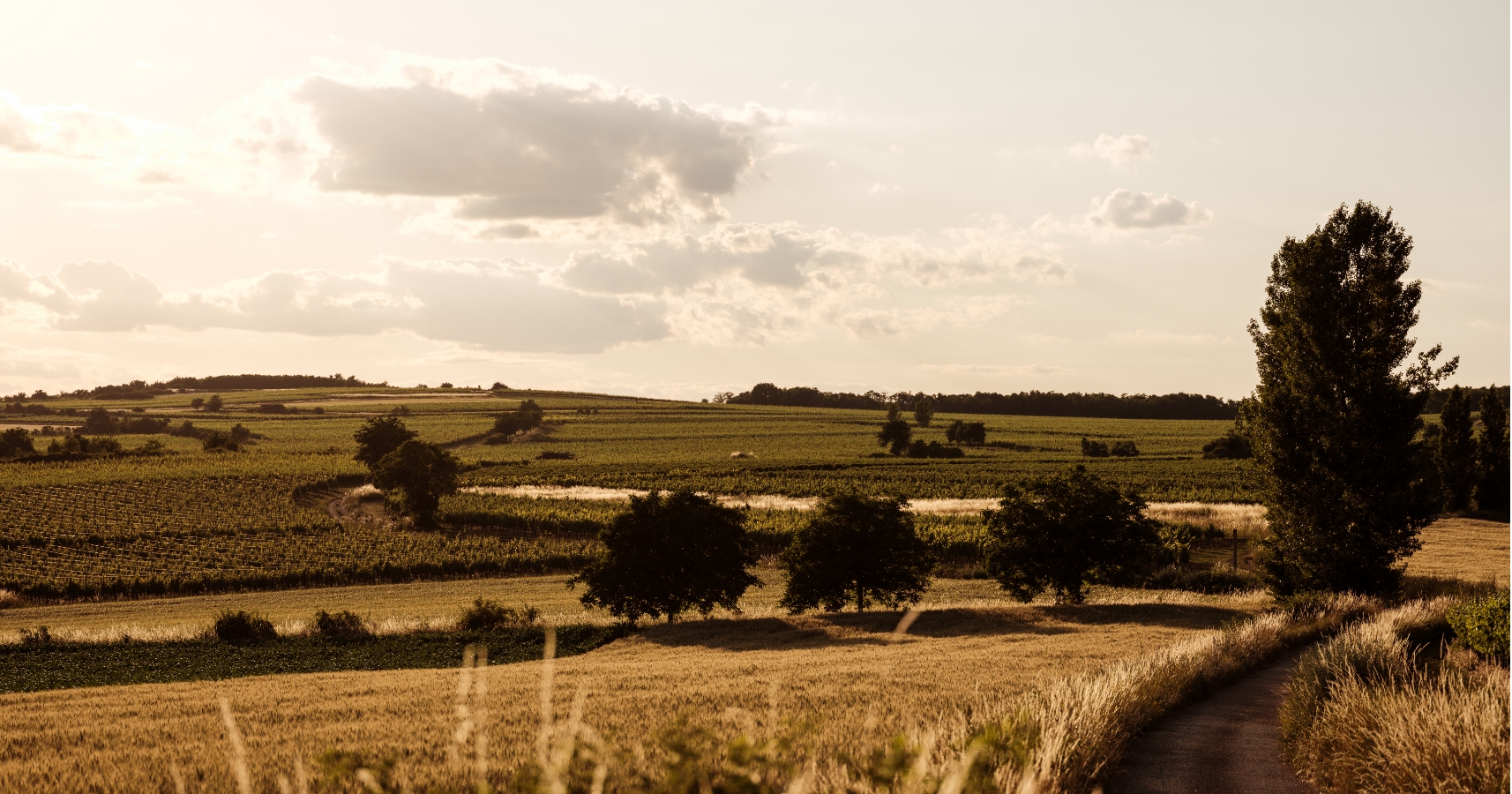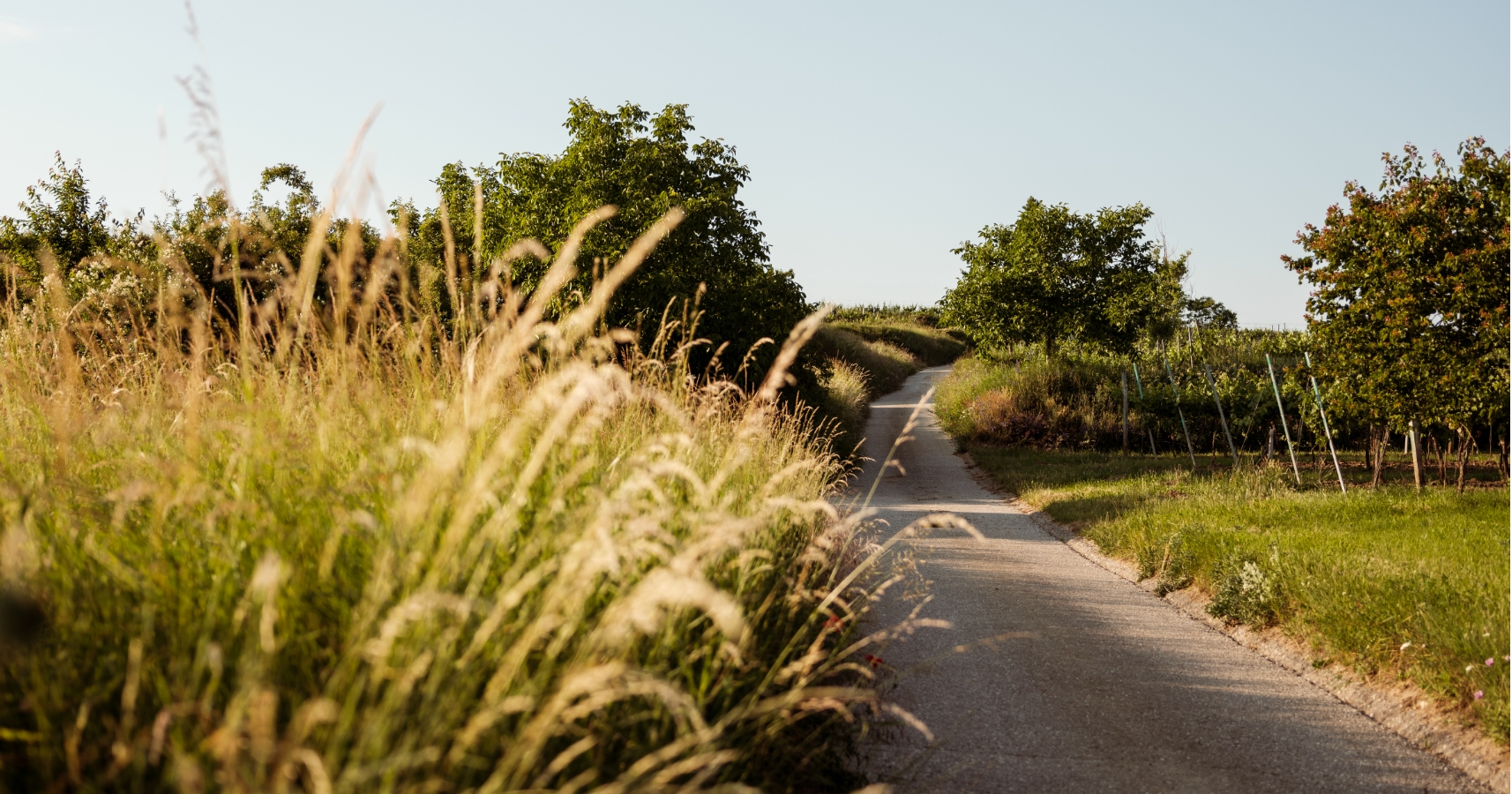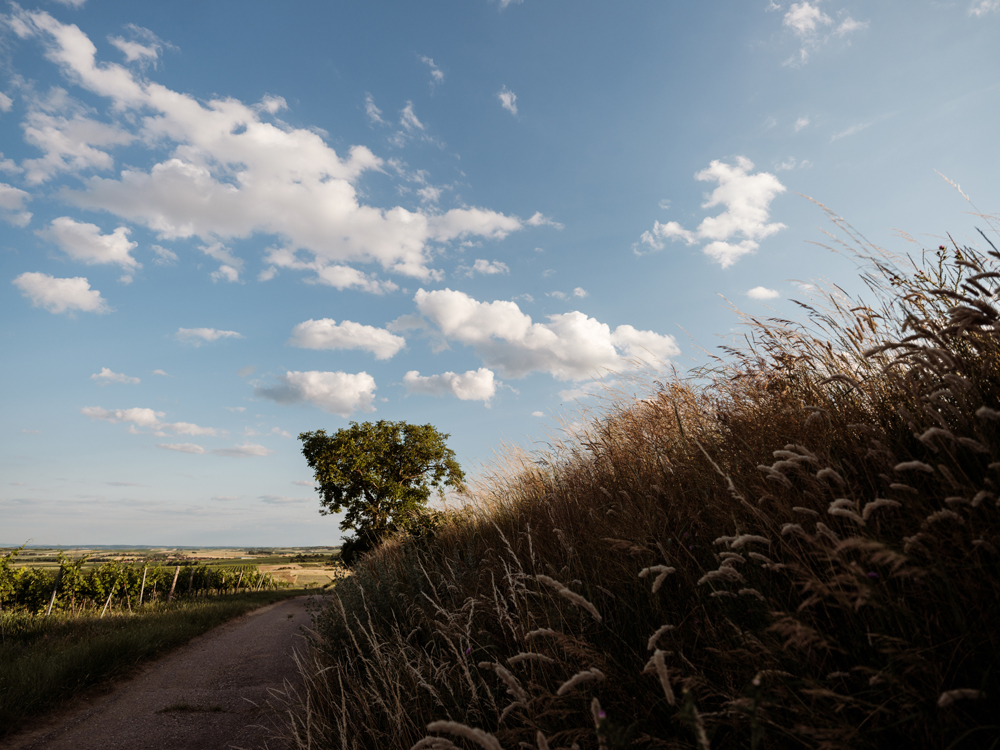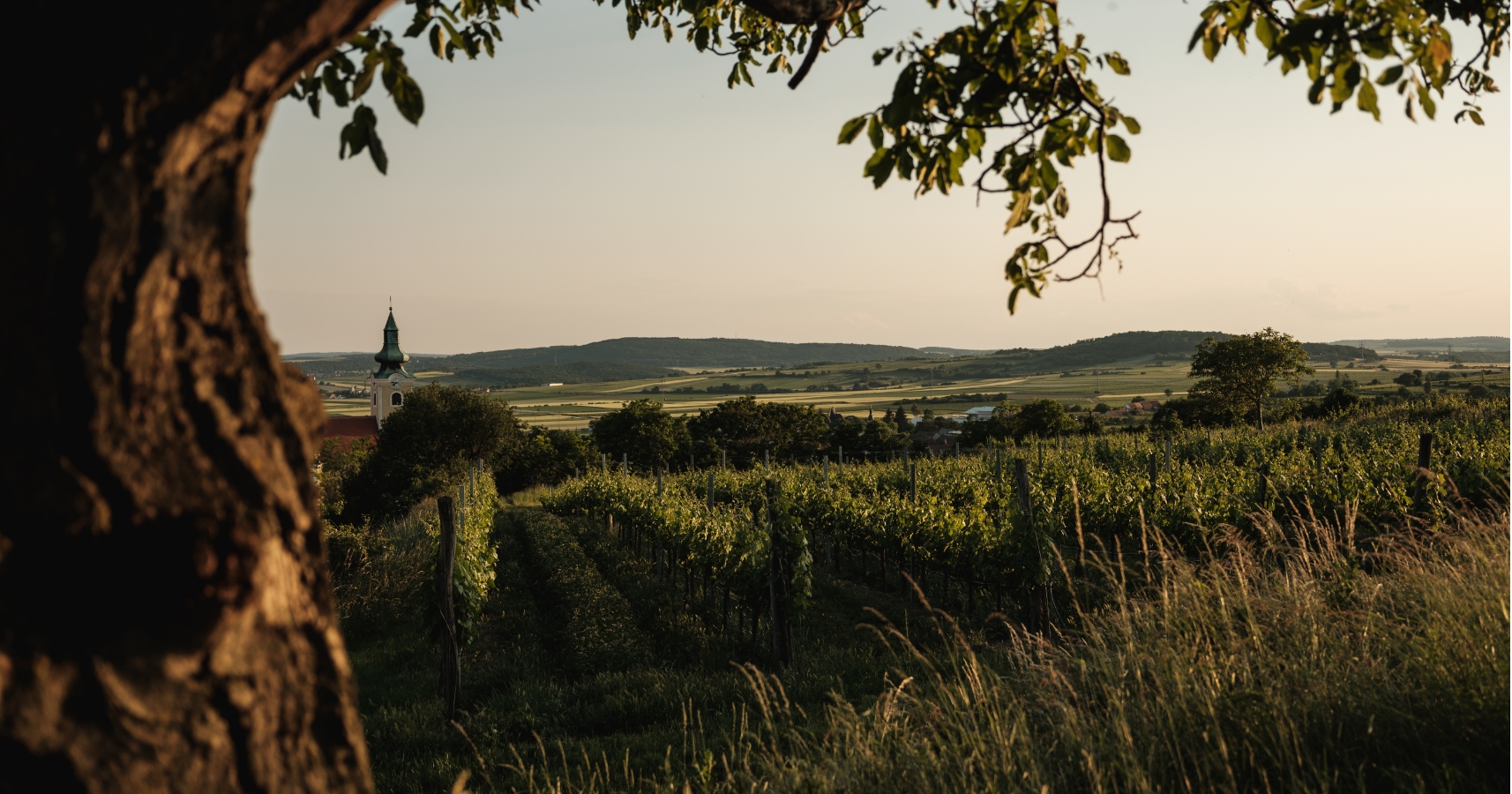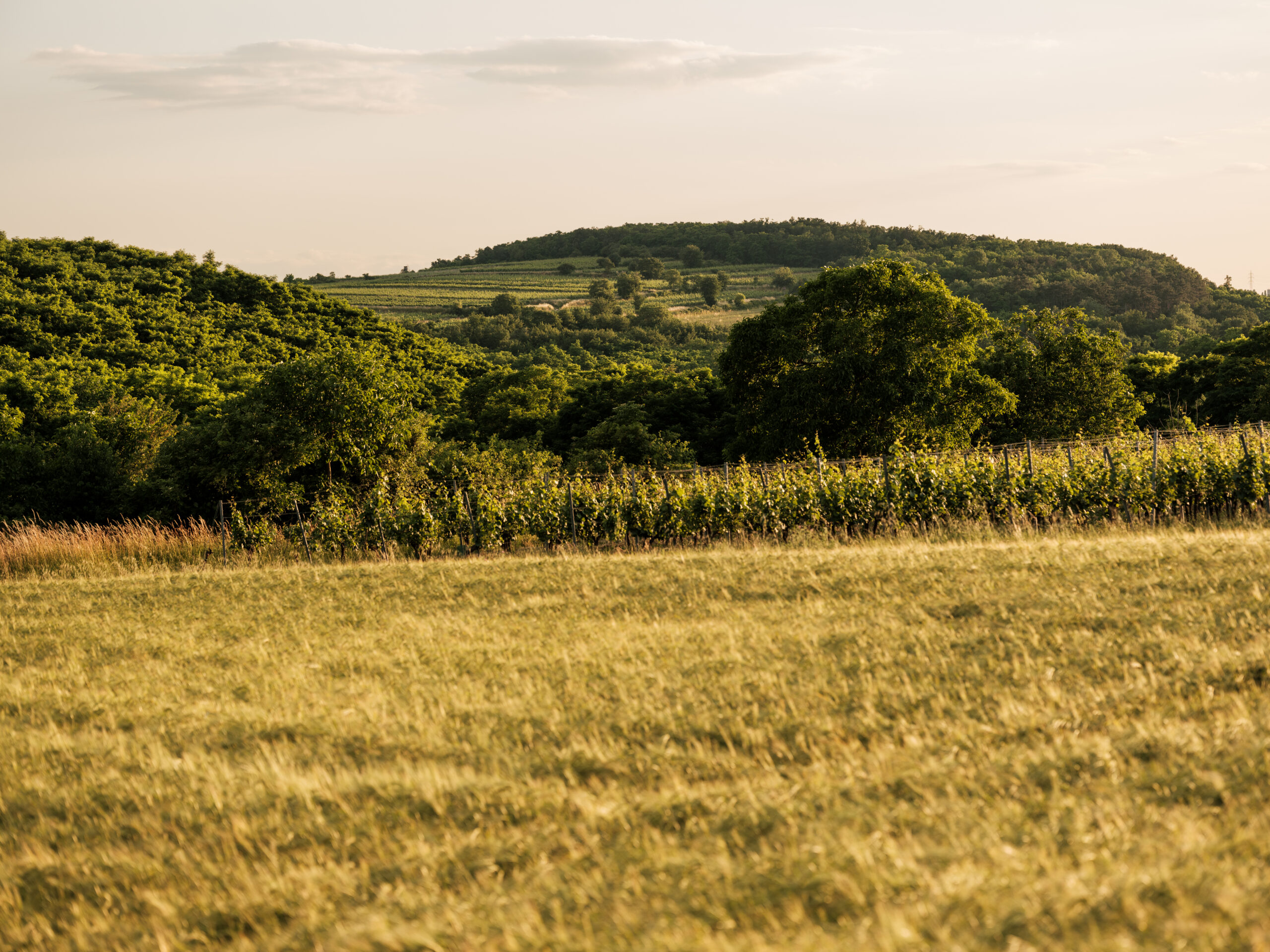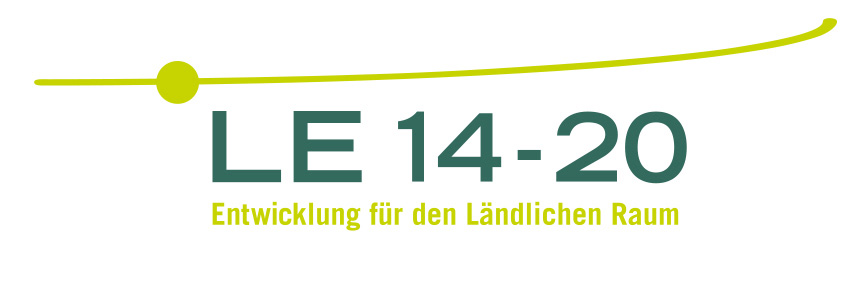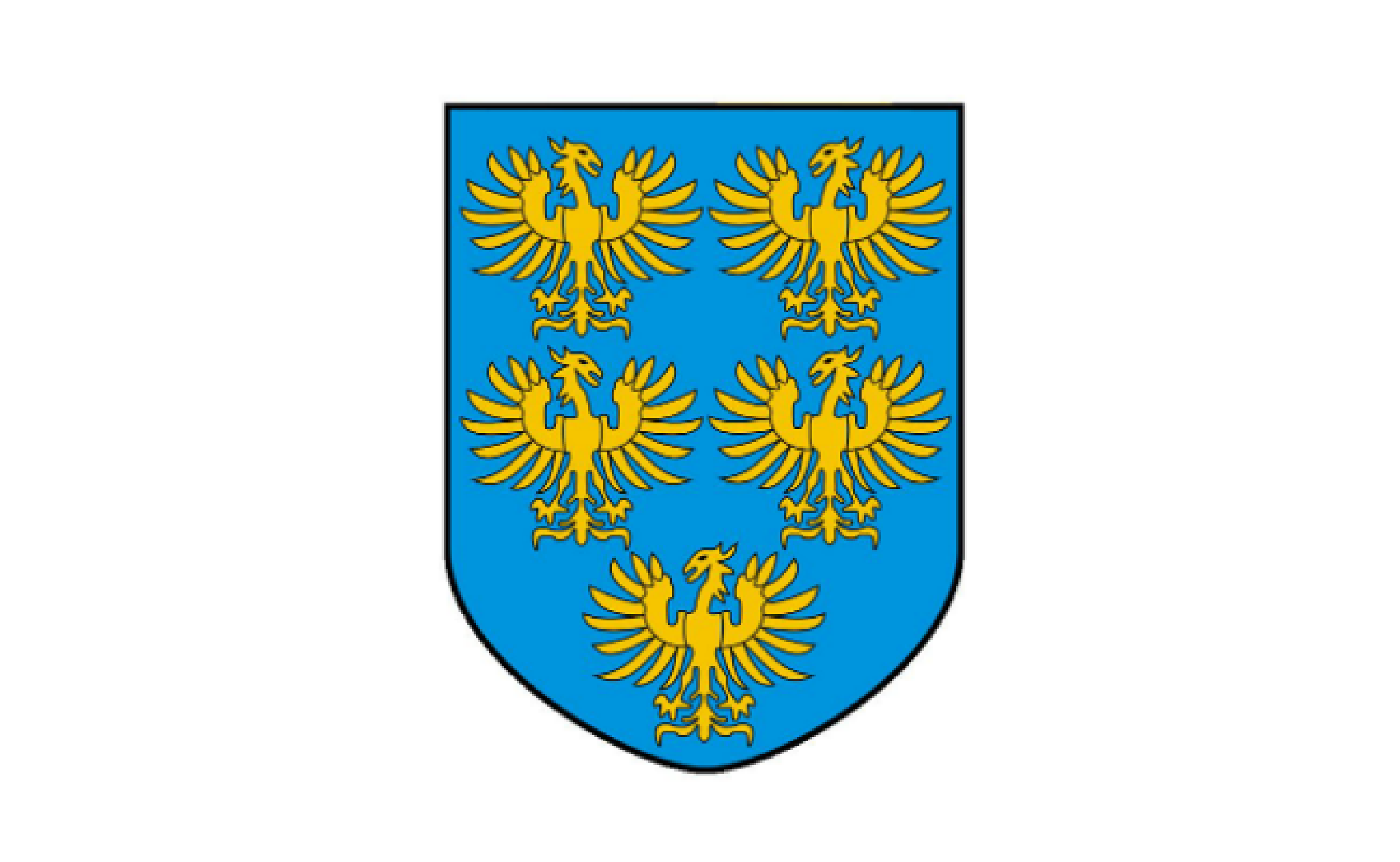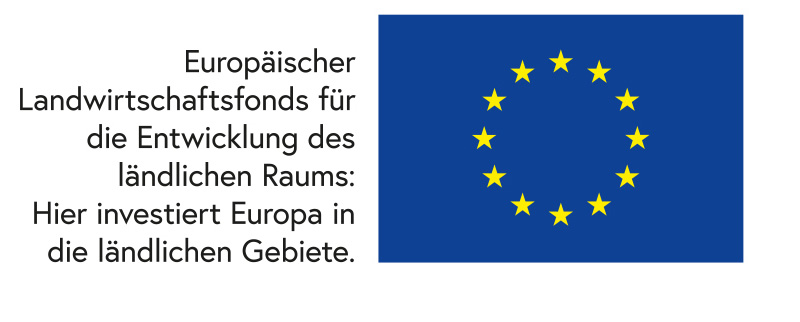The Northern Weinviertel
The rugged charm on the border to the Waldviertel with barren soils and cold nights has something very inviting about it: excellent wine.
The climate
The
Climate
Good extremes
With an average temperature of around 9.5 degrees, Röschitz is one of the coolest wine-growing regions. However, the Pannonian climate also ensures very hot summer days and therefore plenty of thermal variety. It rains very little - and when it does, it is usually in the form of short, powerful summer thunderstorms. The result: an elegant, mineral-spicy, fresh wine style and fruity, complex taste experiences.
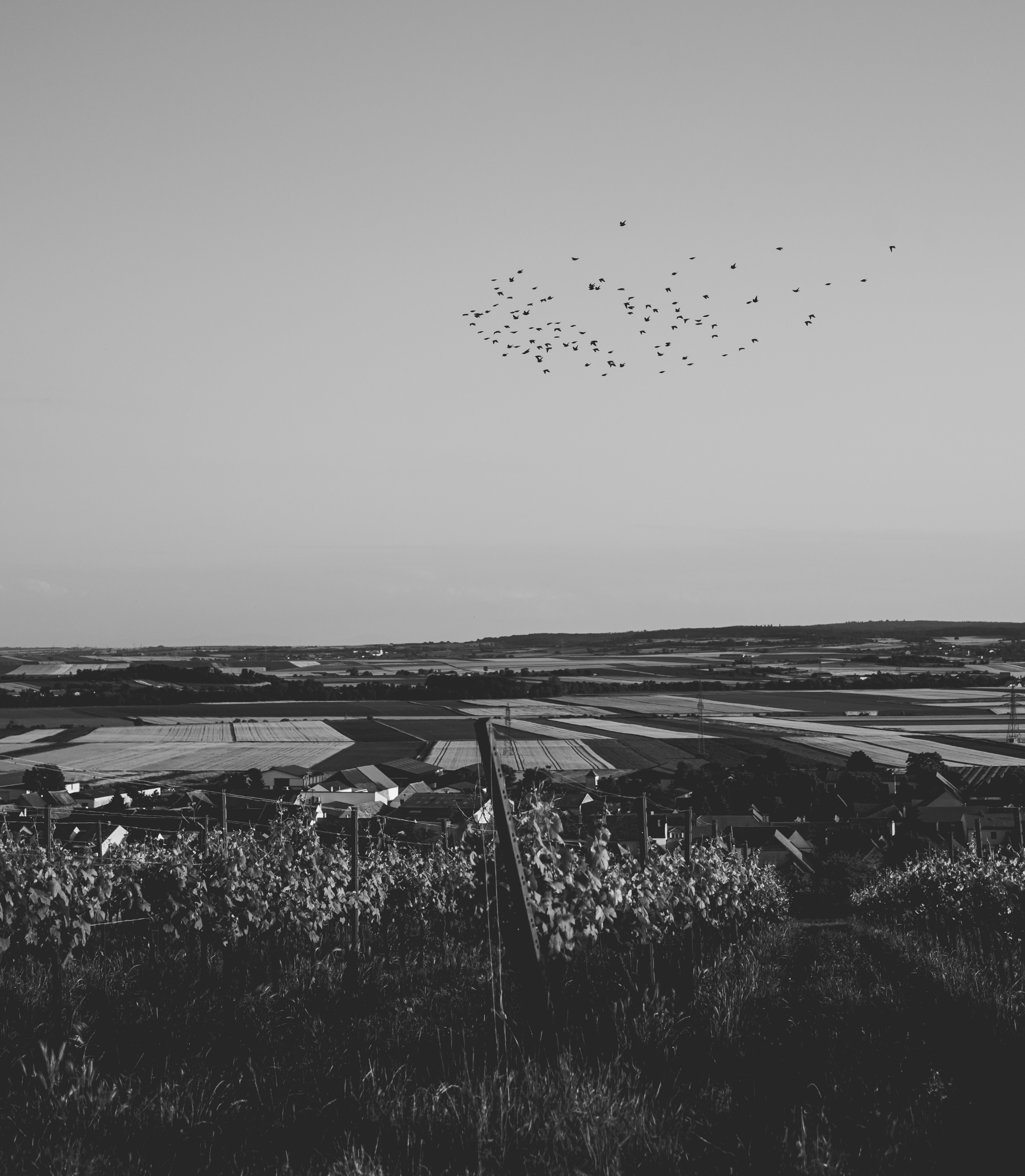
The
Climate
Hot summers, cool nights, primary rock soil, little rainfall. Perhaps the best conditions for viticulture. But we are happy to leave that judgment to you.
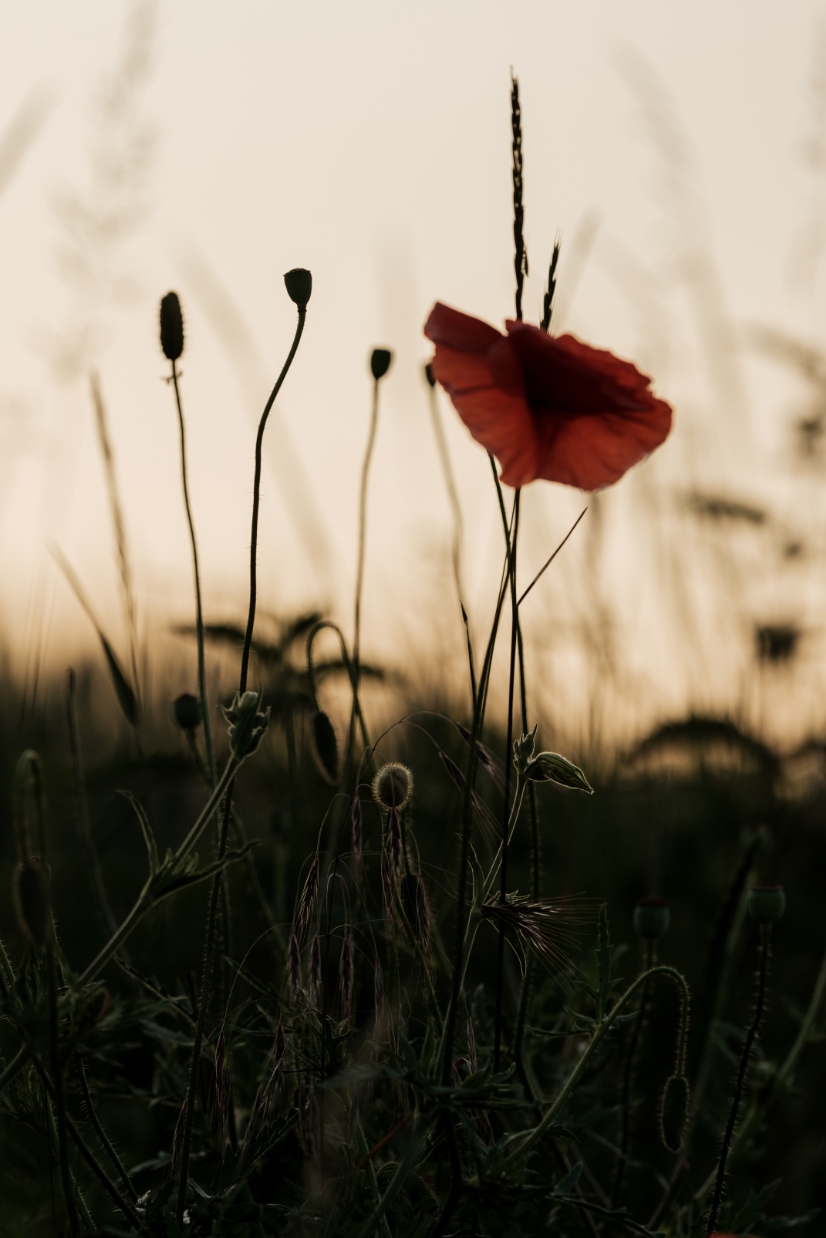
The floor
The
Floor
Our future
Barren primary rock soils with granite show who has a great influence here: the Manhartsberg as a natural border to the Waldviertel. It is also the geological peculiarities that bring a fine minerality to our wines. Instead of the sandy soils usually found in the Weinviertel, our vines have crystalline primary rock with shallow overlays of loess as precious subsoil, which we pay particular attention to through our organic farming methods.
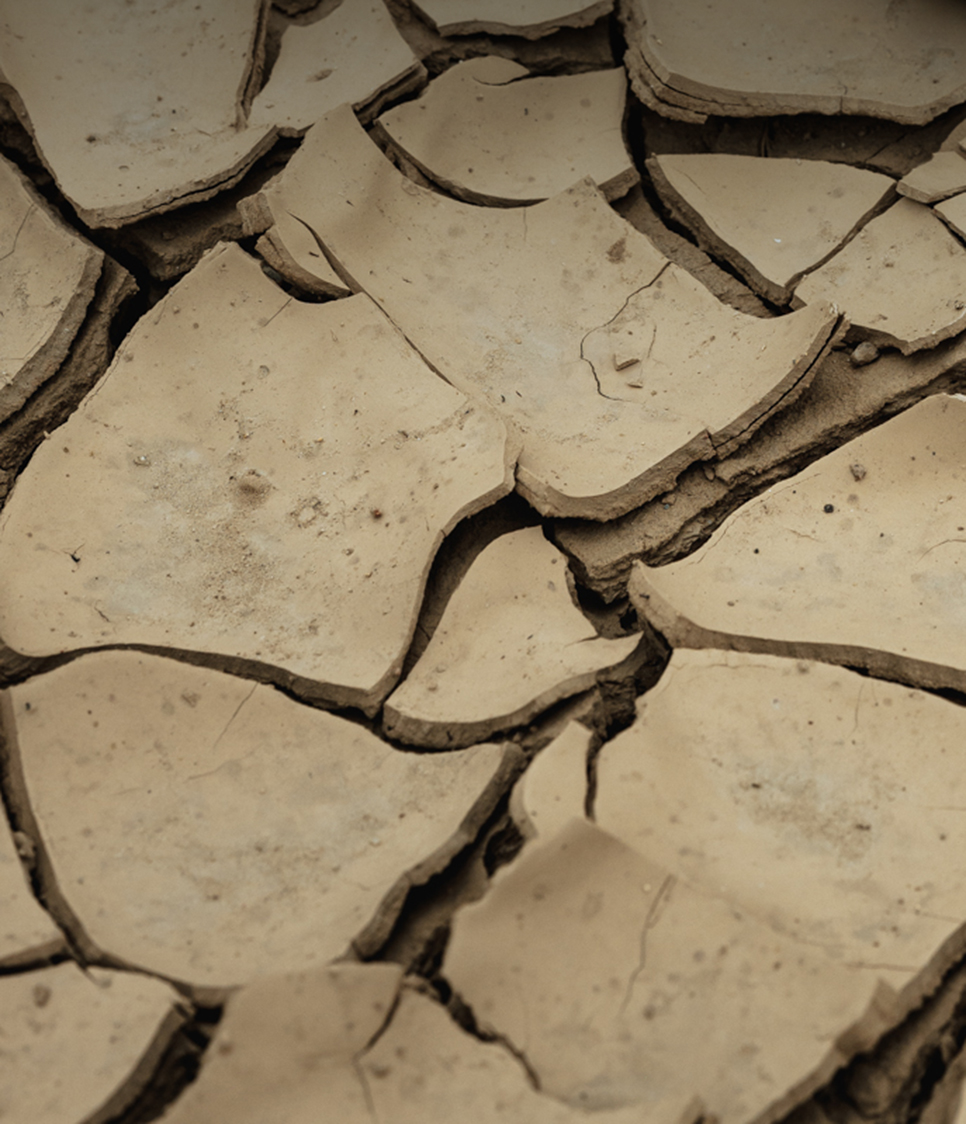
The
Floor
We work with what nature gives us,
what nature gives us.
And that's quite a lot.
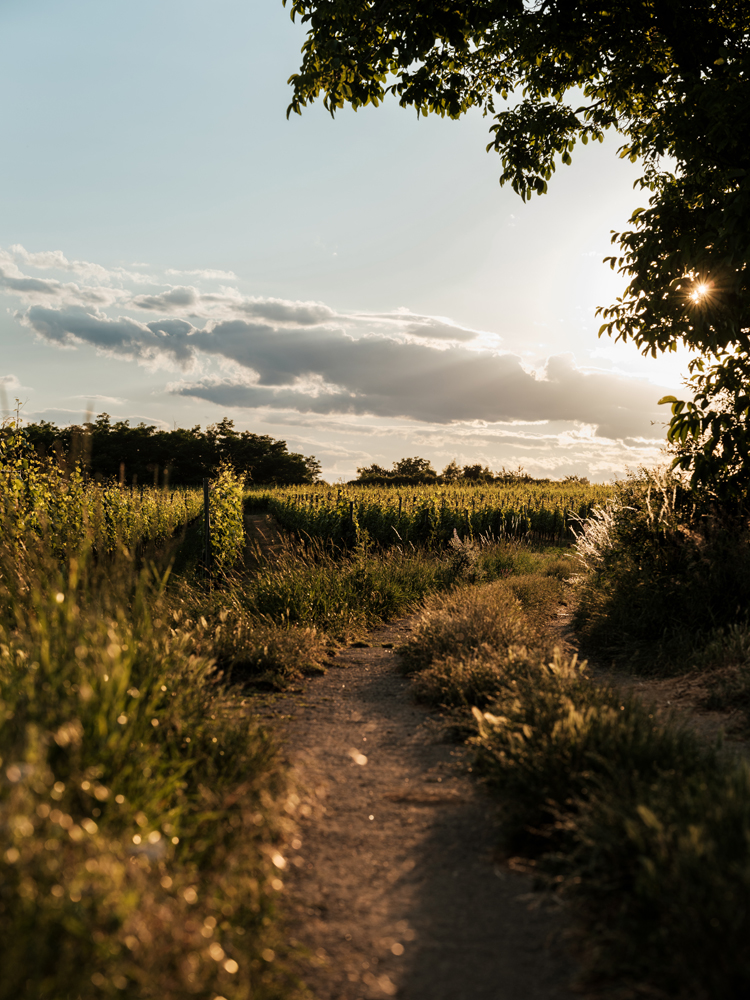
The Vineyards
The
Vineyards
Distinctive characters
Districtus Austriae Controllatus. The strict words reveal that the wine comes from a special wine-growing region. In our case: Weinviertel DAC. The vineyard details go into even more detail. We have been a member of the Österreichische Traditionsweingüter since May 2024. This association focuses intensively on special soils and climatic conditions that you can taste.
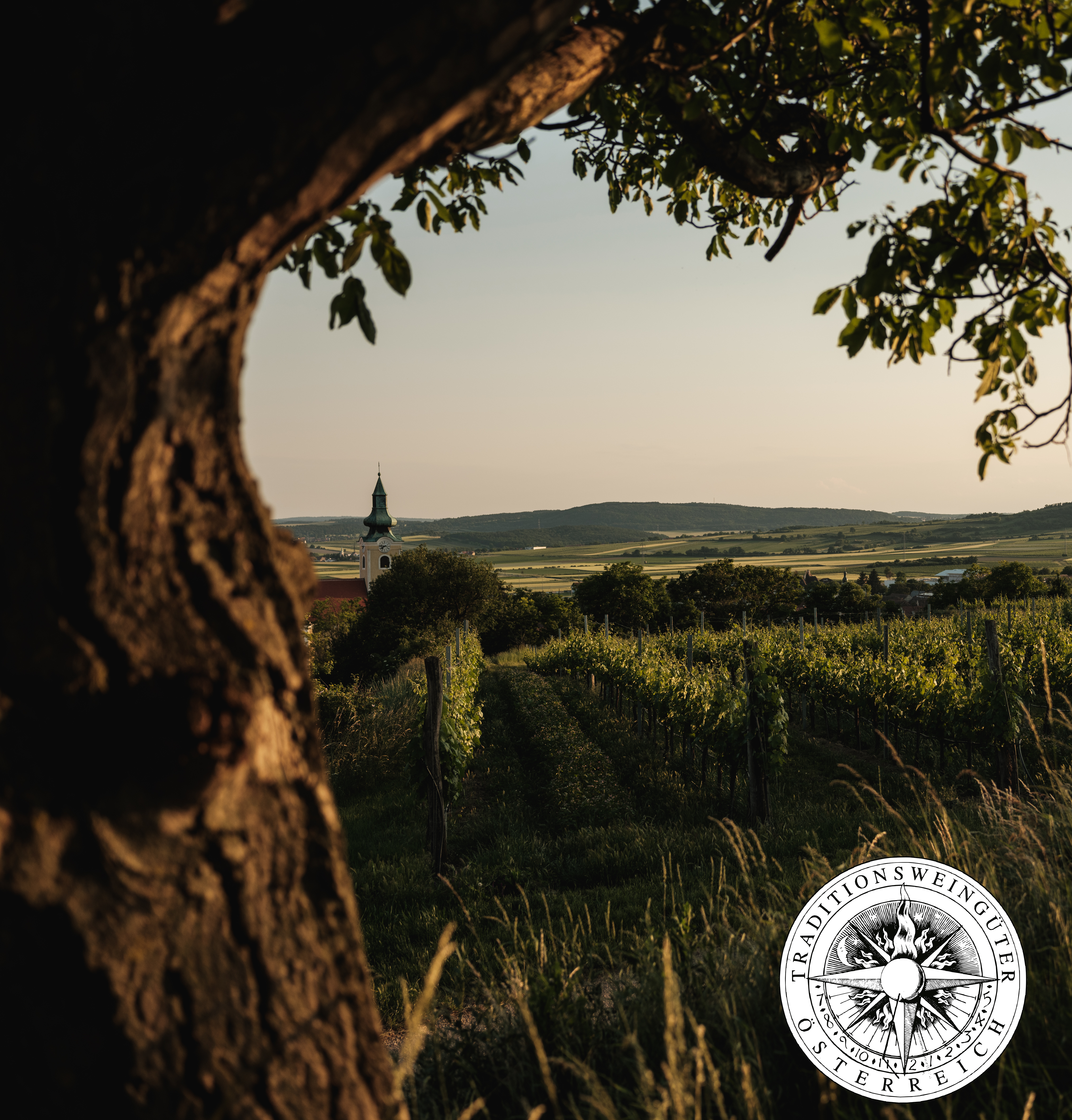
The
Vineyards
Where a hot day meets a cool night, the Weinviertel meets the
Weinviertel meets the Waldviertel and the rugged
rocky soil meets organic viticulture.
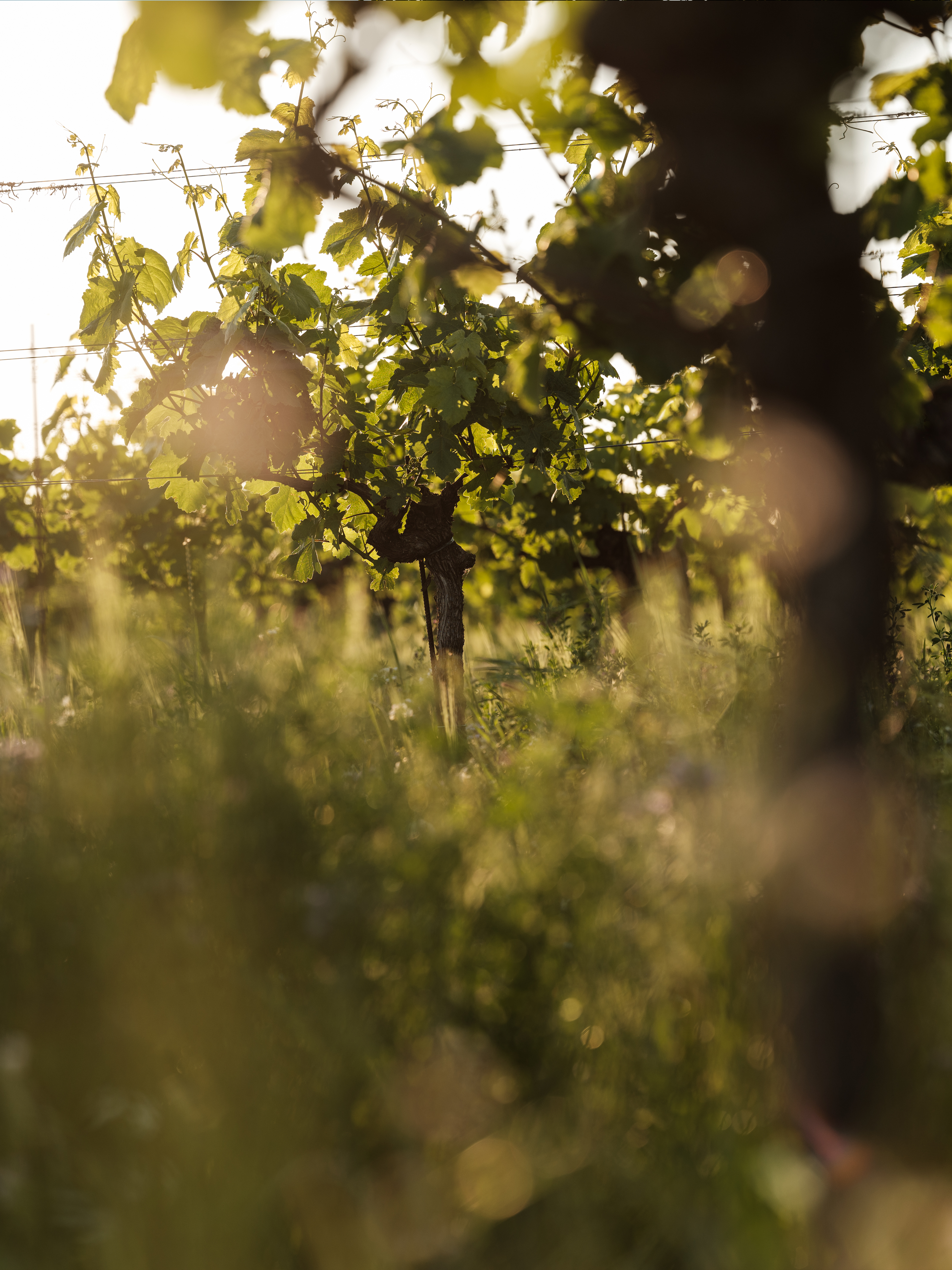
The RIEDEN
1
Reipersberg
2
Dog point
3
Königsberg
4
Backwood
5
Gallows Hill
6
Eavesdrop
7
